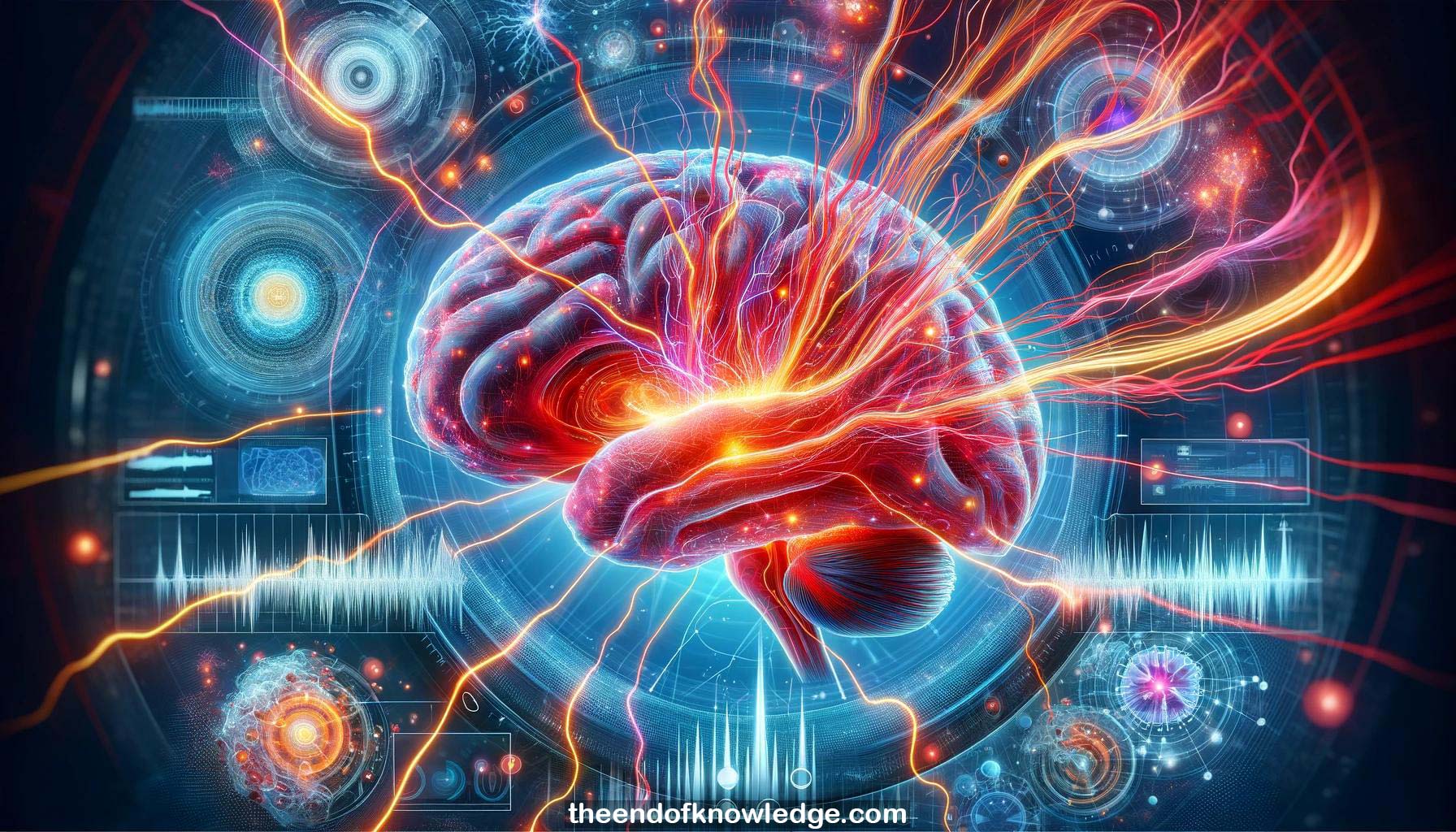 >
>
Concept Graph & Resume using Claude 3 Opus | Chat GPT4 | Llama 3:
Resume:
1.- Dynamic tractography is a promising intracranial EEG-based imaging biomarker for epilepsy pre-surgical evaluations and understanding white matter's role in cognitive function.
2.- It integrates neuroimaging and neurophysiology to animate rapid neural propagation or modulation in functional connectivity through MRI-defined 3D white matter tracts.
3.- Propagation velocity is estimated using MRI tractography to determine white matter streamline location/length and intracranial EEG to measure propagation latency.
4.- Cortical-cortical evoked potentials (CCEP) and cortical-cortical spectral responses (CCSR) are used to evaluate propagation latency after single-pulse electrical stimulation.
5.- The first dynamic tractography prototype in 2018 simulated evaluating size, intensity, speed and direction of neural propagation through white matter.
6.- Early work visualized intrahemispheric and interhemispheric neural propagation, with validation using CCSR latency at adjacent areas and Japanese research.
7.- A 2021 study assessed the human language system using "6D" dynamic tractography incorporating MRI, EEG timing, connectivity strength and velocity measures.
8.- Group data showed distinct spatiotemporal high gamma activity patterns in bilateral cortical areas during different stages of an auditory naming task.
9.- Dynamic tractography revealed neural propagation related to language primarily through the arcuate fasciculus, with some involvement of the uncinate fasciculus.
10.- Red-colored white matter tracts connected frontal and temporal sites exhibiting simultaneous high gamma activity during response preparation in the naming task.
11.- Whether dynamic tractography improves language mapping or predicting region-specific language deficits after surgery is currently being investigated.
12.- Naming-related high gamma responses were found to predict post-operative core language scores, suggesting removing those sites risks cognitive deficits.
13.- A machine learning model with spectral responses predicted language deficits with 0.80 accuracy; dynamic tractography measures may further improve this.
14.- Studying the complex brain comprehensively requires evaluating connectivity, temporal dynamics and underlying information content (pathological vs physiological).
15.- Dynamic tractography is well-suited for assessing white matter connectivity and neural dynamics, while other approaches are needed for information content.
16.- Videos demonstrated dynamic tractography of functional connectivity modulation during picture naming and auditory naming tasks.
17.- Interhemispheric occipital connectivity enhancements may support integration of visual image representations processed in each hemisphere.
18.- Posterior-to-anterior propagation of connectivity enhancements was observed during response preparation, with motor and auditory connectivity increases during responses.
19.- Dynamic tractography could refine language models by providing temporal dynamics and pathway-specific information compared to static depictions.
20.- It was also used to localize and animate the propagation of interictal spike discharges in epilepsy patients.
21.- Candidate spike source aggregation was quantified using entropy to determine the most plausible propagation model for a given spike.
22.- Seizure-free post-surgery medial temporal lobe epilepsy patients showed spike propagation mostly confined to that region in group data.
23.- Regional temporal lobe epilepsy patients had more extensive spike propagation beyond the temporal lobe, even in seizure-free surgical cases.
24.- Preliminary data suggests estimated spike source confinement to the resected region may predict positive seizure surgery outcomes.
25.- Limitations exist due to DTI tractography's propensity for false negatives, requiring cautious interpretation of absent tracts.
26.- Future work aims to clarify thalamocortical propagation dynamics and assess dynamic tractography's clinical utility.
27.- Memory networks were also mapped, showing memory load-dependent high gamma activity increases in occipital and medial temporal regions.
28.- Functional connectivity between occipital and medial temporal areas increased with memory load, while other regions exhibited relative deactivations.
29.- High gamma and connectivity reductions were observed with task familiarity, except in portions of the inferior frontal gyrus.
30.- Dynamic tractography has potential applications in traumatic brain injury and psychiatric disorders. Connectivity strength can be estimated from simultaneous regional activations.
Knowledge Vault built byDavid Vivancos 2024